Séminaire par Isabelle MARIDONNEAU-PARINI/IPBS

Lundi 6 Mai 2019 - 10h30 - Salle Maroni / MHT
Isabelle MARIDONNEAU-PARINI, Directrice de Recherches à l'IPBS, fera une présentation intitulée: "Macrophages open tunnels by mechanic and proteolytic actions to migrate in dense environments."
In vivo, immune cells migrate through a wide variety of tissues, including confined and constricting environments. In addition to the amoeboid migration used by all leukocytes, we showed in vitro that macrophages use the mesenchymal migration in dense environments (pores < 3µm) involving proteolysis of the extracellular matrix, compaction and ingestion of degraded matrix to create tunnels.
In most cancers, the density and stiffness of the tissue stroma are enhanced. We found in mouse fibrosarcoma in vivo and in human breast cancer ex vivo, that tumor-associated macrophages (TAM) that help tumor progression, perform the mesenchymal migration using their own matrix metalloproteases (MMPs), and perform the amoeboid migration at the tumor periphery. As a proof of concept that targeting mesenchymal migration would be a novel therapeutic strategy, we showed that MMP inhibition correlates with decreased of both TAM recruitment and tumor growth.
Podosomes are cell structures constitutively formed in a few cell types including macrophages
that are involved in cell adhesion, mechanosensing, proteolytic degradation of the extracellular matrix and mesenchymal migration. We developed a technique called protrusion force microscopy allowing the estimation of the protrusive force generated by single podosomes. These cell structures present a submicron-size core of F-actin surrounded by an adhesion ring comprising integrins and proteins linking integrins to the actin cytoskeleton. We observed that talin is stretched in the ring revealing that the adhesion ring is a site of tension, possibly via lateral contractile cables, balancing protrusion at the core to form a unique two-module protrusive force generator. More recently, to reveal the distribution and dynamics of the forces of cells migrating in confined environments, we designed a device combining microchannels with integrated deformable micropillars serving as sensors of subcellular forces. Macrophages bended the pillars with average forces of 0.3 nN and applied higher forces at the cell edges than around their nuclei. When the degree of confinement was increased, we found that forces were redirected from inwards to outwards.
Deciphering the architecture of podosomes and cell mechanics should provide new pharmacological targets.


